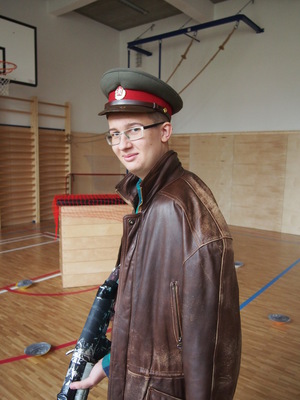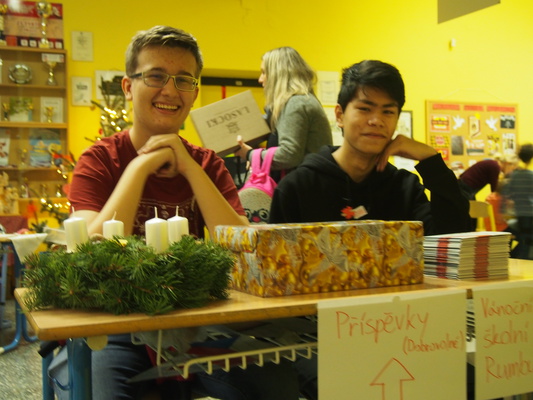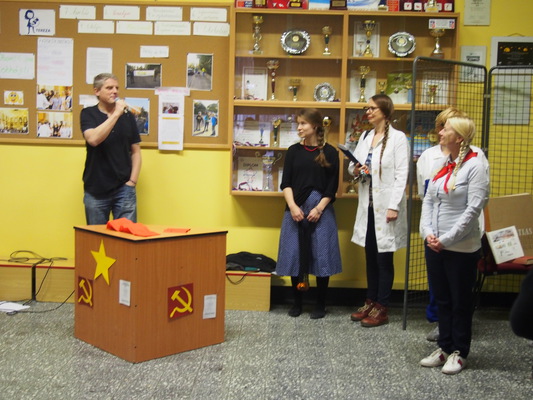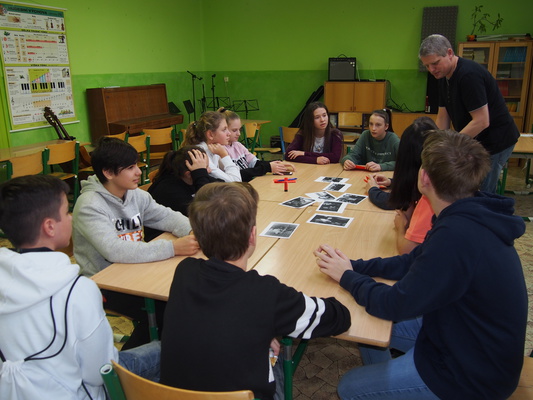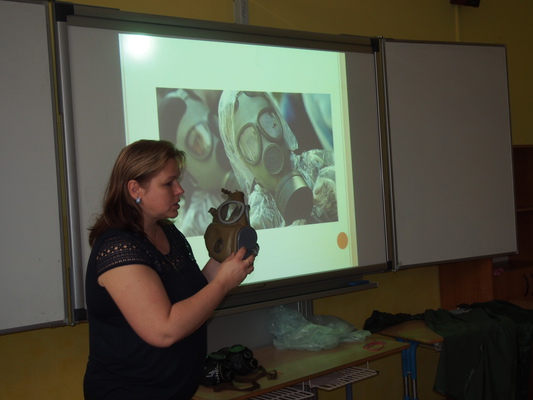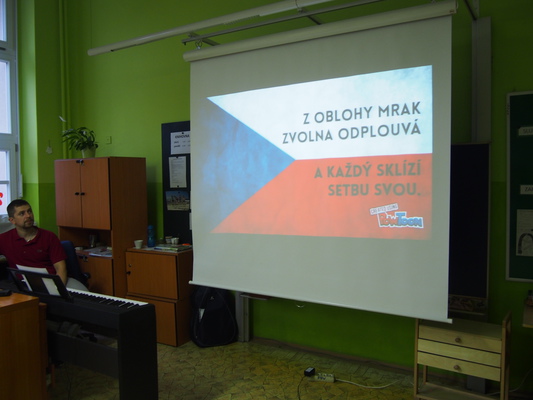ACTIVITY: CLIL and PBL ON CULTURAL HERITAGE
DIGITAL TOOLS: eBook / biparcour, wordclouds, learningApp, LearningSnack
RESULTS: eBook, Didactic units
GOALS:
- to create of an ebook in English (CLIL) with the main information collected during a visit to an archeological site
- to use different apps: biparcour, programs to create puzzles, crucipuzzle, games, crosswords, cloud docs…to be inserted in the ebook to be made of use of students motivation and engagement
- to use different apps to create photo galleries with the monument pictures
Cultural heritage in Andalusia
During the first mobility in Spain we visited some important sites, collecting photos, videos and information to work on our eBook.
We were impressed by the magnificience and richness of the La Alhambra
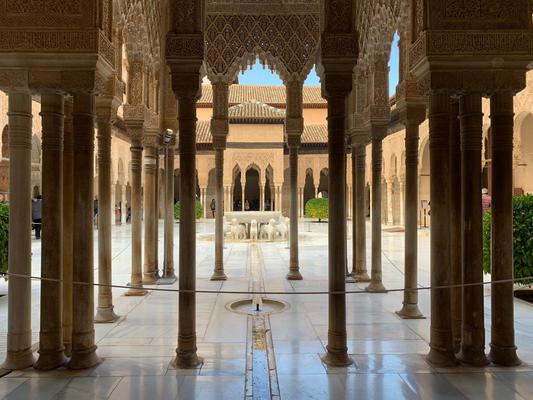
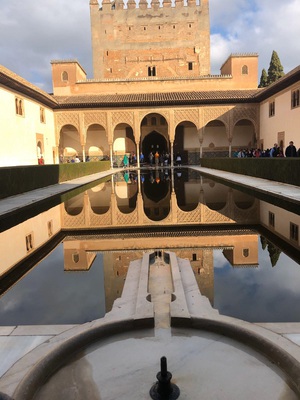
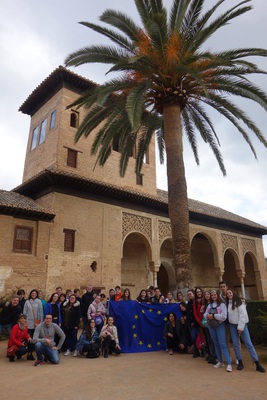
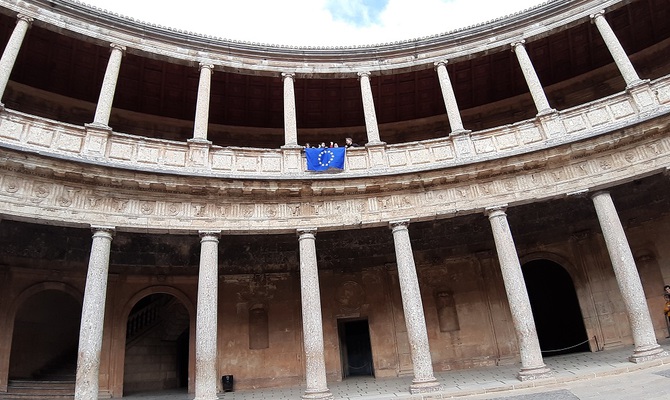
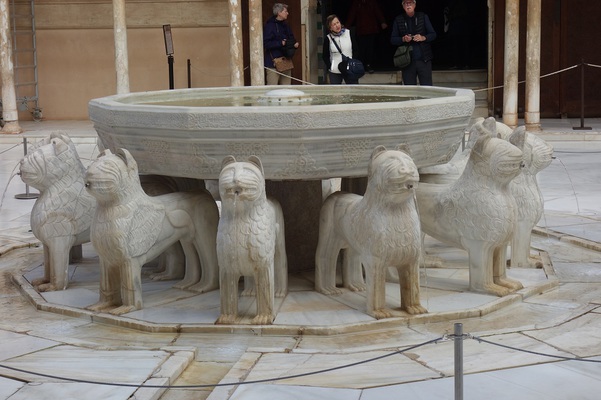
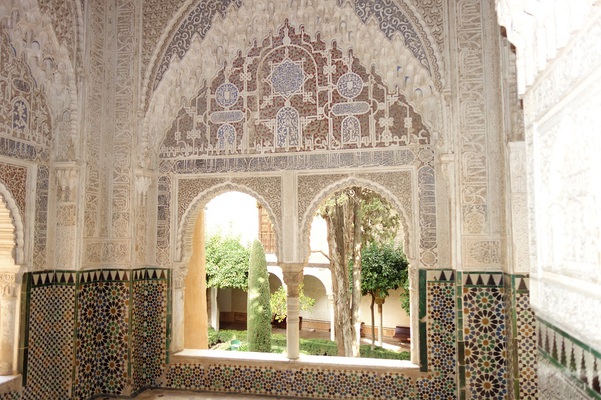
The green Alhambra and the role of the water
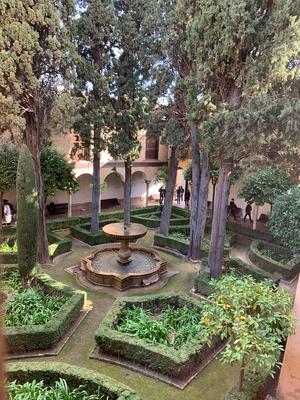
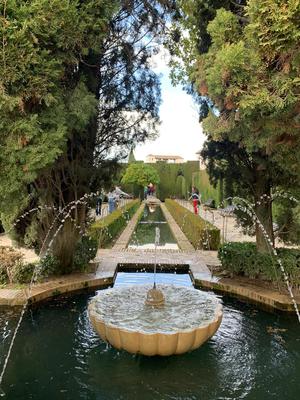
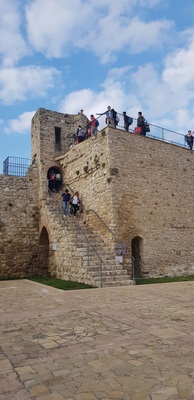
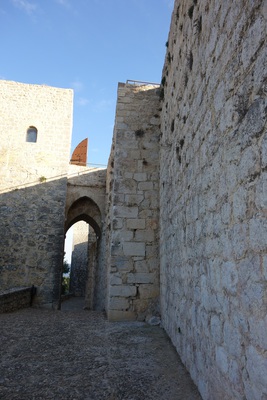
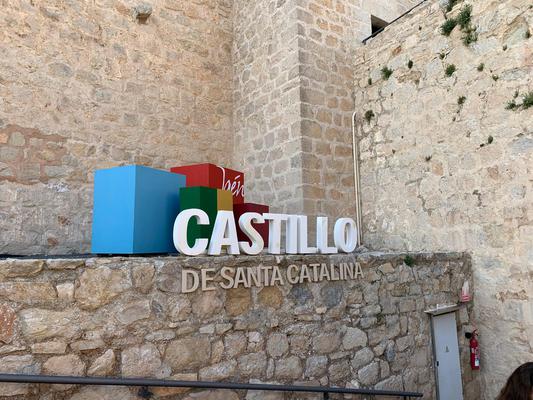
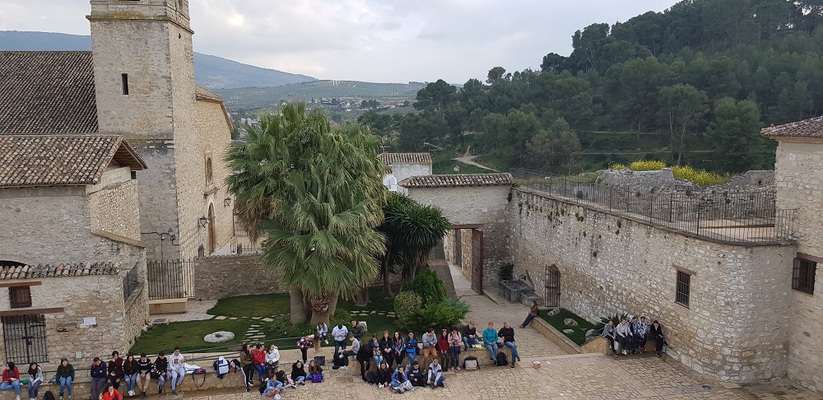
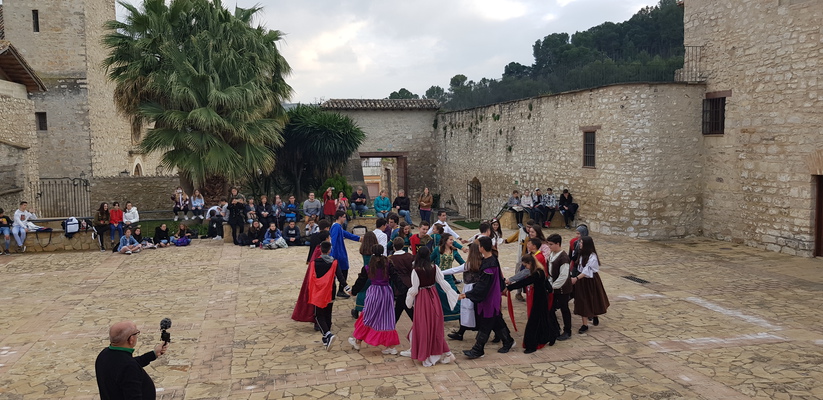
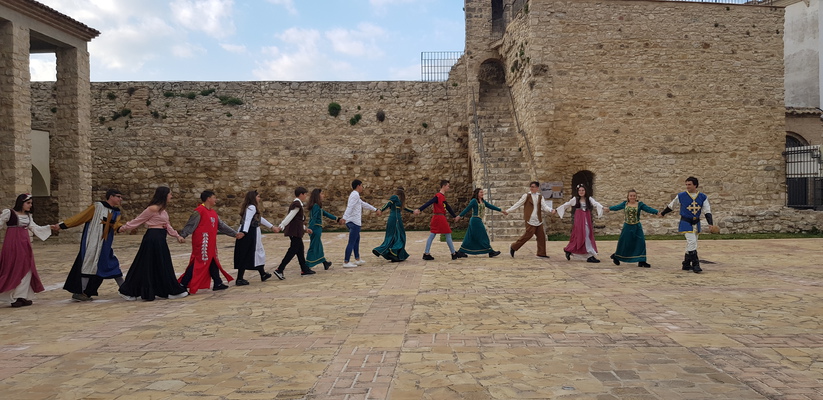
Portuguese team organized a visit to Castillo de Almoroul to work on the activity
The Castle of Almourol is a medieval castle located in the middle of the Tagus river, near the the village of Vila Nova da Barquinha, in Portugal. It was built by the Romans during the 1st century B.C, and later conquered by Afonso Henriques, the first king of Portugal, in 1129.
The castle of Almourol is one of the more emblematic and cenographic medieval military monuments of the Reconquista.
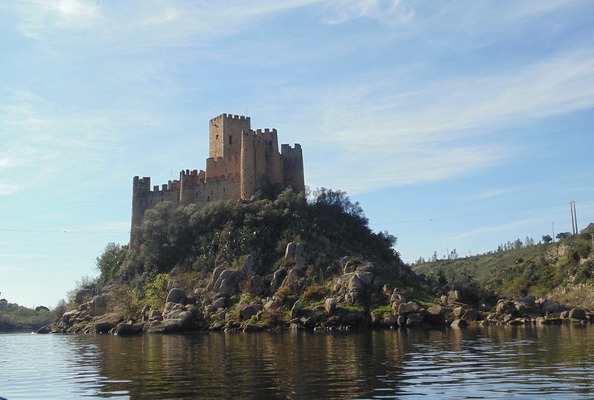
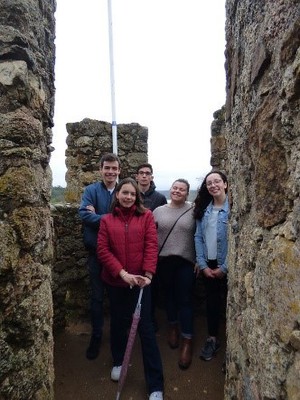
What is cultural heritage?
Listen to the videos and discuss in the forum the importance of the cultural heritage in present generations
https://videos.mysimpleshow.com/6cXWupv04H
https://videos.mysimpleshow.com/OlQsCYFLYp
Working on the activity
Romanian School invites grandpartentsto talk about cultural heritage 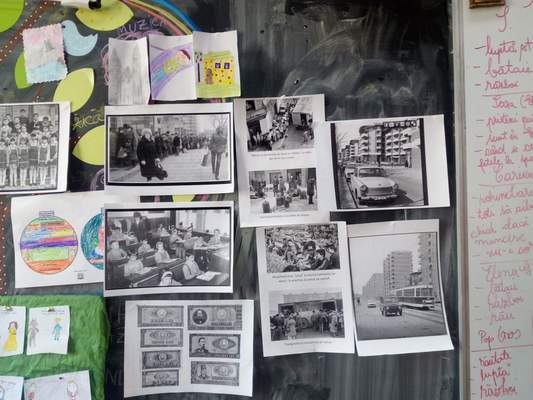
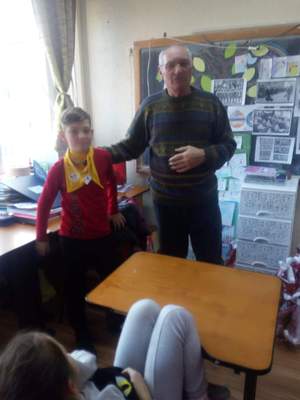
Students from the Romanian Erasmus PLANS Club organized a presentation for some of the primary students
The presentation was a PBL activity-Travel Brochure
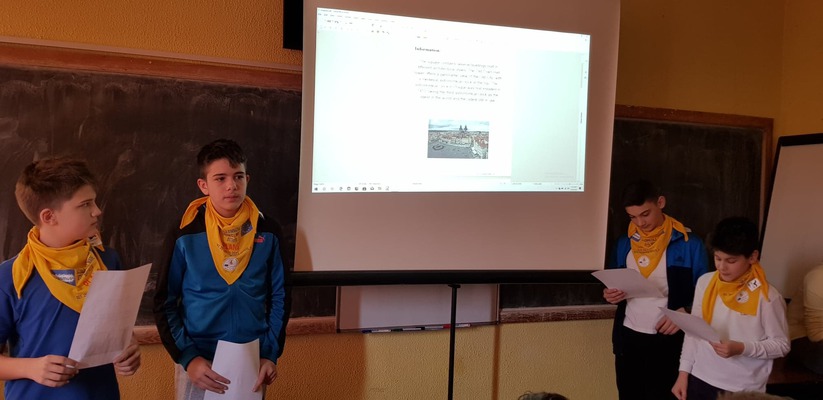
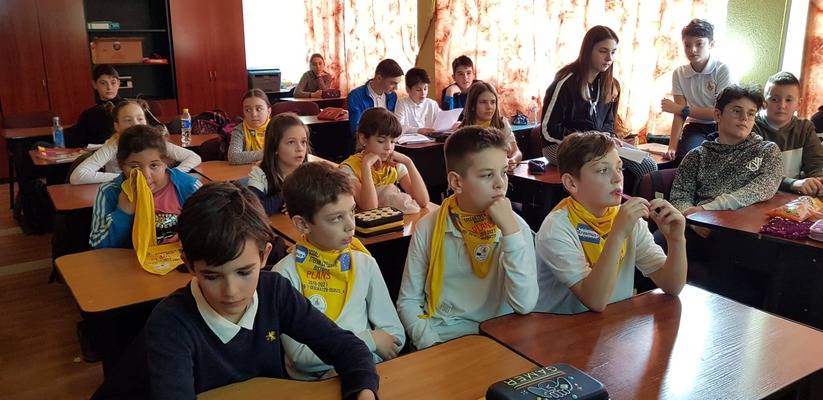
Trip to Cologne to collect photos and information
Students from Kerpen had to go through 6 stations in Cologne and collect information and legends from the History teacher
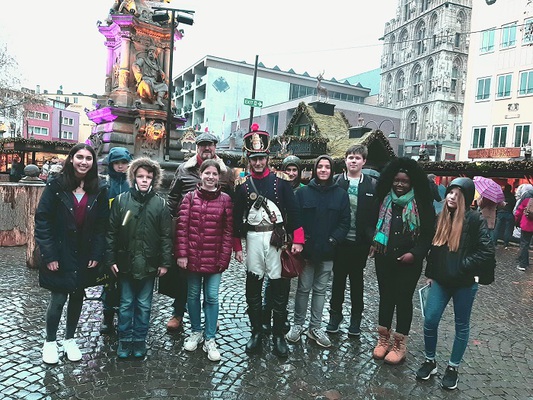
The cathedral was added in 1996 to the UNESCO Heritage List of culturally important sites.
It is a major tourist attraction. Many tourists travel there as a pilgrimage. Climbing the 533 steps of the spiral staircase makes really fun!
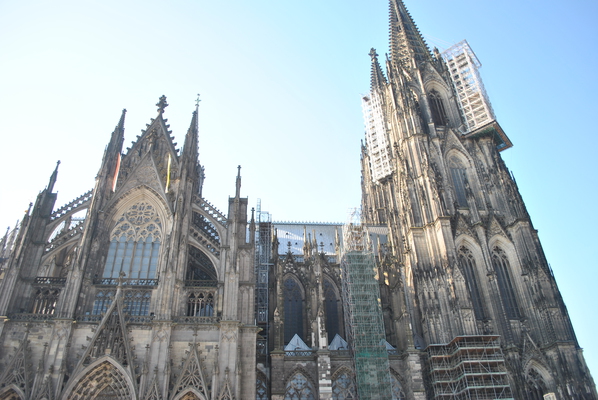
Read the legend "The Woodgatherers" related to Cologne and try the crossword
| When Agrippina's son Nero committed suicide, there were many fights in Rome. Vitellius wanted to be emperor, but some Romans recognised another emperor. He put a siege in Cologne and that's when the Cologne women emerged. The people of Cologne had enough to eat and drink, the only thing they lacked was firewood. They had to go out of the north gate into the woods to cut down trees so that they had enough firewood. Because they knew that Vitellius lurked in front of the city with his soldiers and could see when they came out of town to fetch the firewood, the people of Cologne invented a plan. One morning, the Roman soldiers took off with wagons and the woodcutters. Of course, this was reported to Vitellius, who gave the orders to his soldiers to block the way back through the north gate. In the evening, the woodcutters and the soldiers came back with the firewood from the woods, but Vitellius was waiting for them. He wanted to capture all the soldiers so that the people of Cologne had no more, and he could conquer the city. He told his own soldiers to stop and arrest the Cologne soldiers, but the moment they were stopped, they took off their helmets. The people hiding in these uniforms weren’t soldiers, but rather the Cologne women in uniforms of the Roman legionaries. The actual soldiers of Cologne were waiting behind the north gate to attack Vitellius and his soldiers. In the end, the people of Cologne got their firewood with a smart plan to defeat Vitellius. |
In the Czech Republic students researched and performed on modern history before 1989 and borders between West Germany and Austria.
In a game borderguard was controlling the borders and pupils had to find a way to take a man to the other side of the border.
